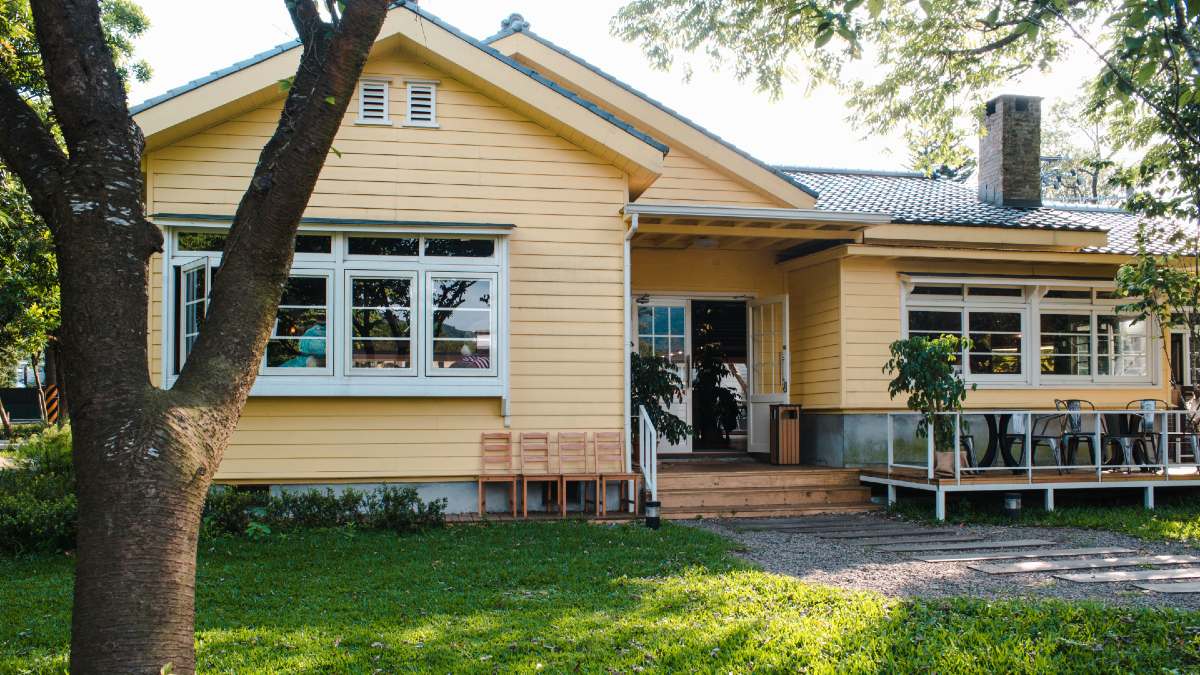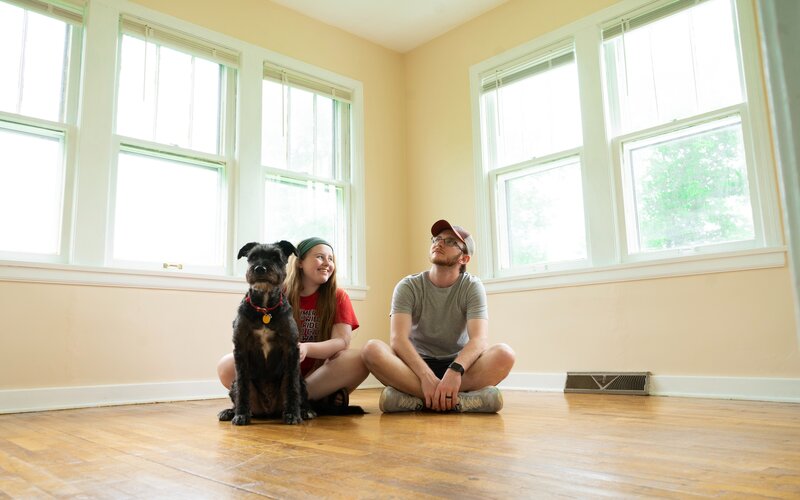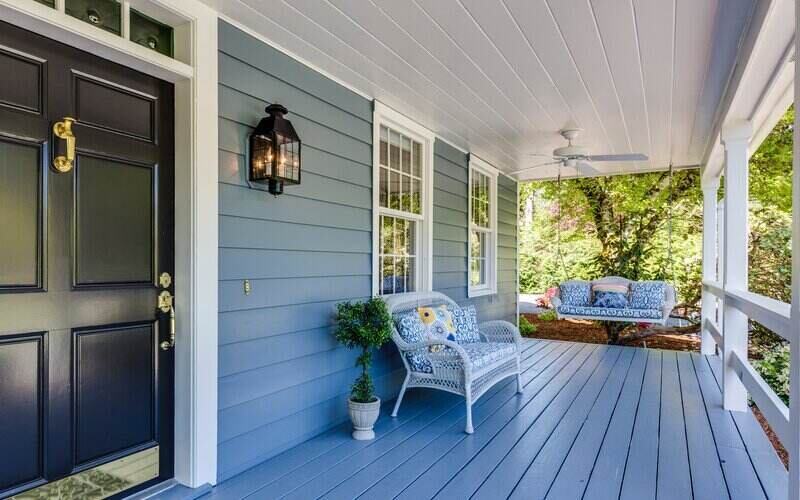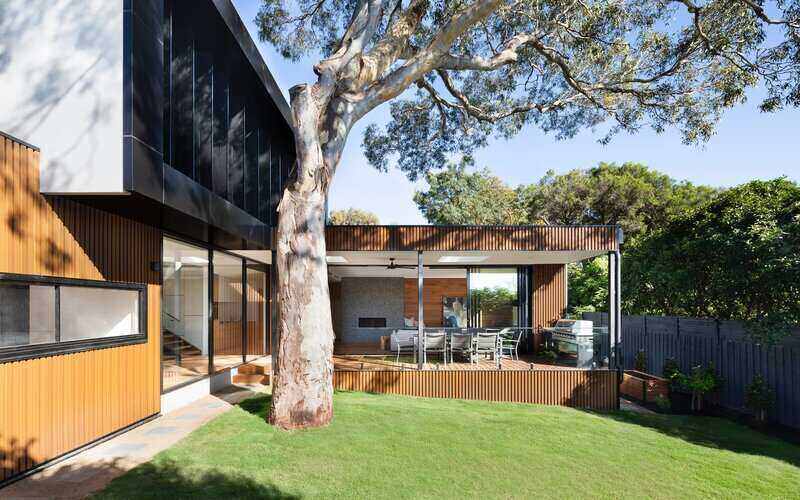The property boom could begin to fizzle out in 2022 according to this property expert.
Arjun Paliwal, founder and Head of Research at Investorkit, said the recent growth trends won’t continue nationally at the same pace.
"Australia experienced an unprecedented property boom in 2021 as households saved more cash, government grants and stimulus packages propped up the economy, expats returned and purchased property, lifestyle became a higher than ever priority, interest rates remained low, existing housing supply took a nosedive, and all of this whilst an infrastructure boom is in play," Mr Paliwal said.
"In 2022, we can expect property prices to be led by high demand in select areas extending their growth cycle rather than a blanket approach of low stock nationally, rental vacancies for apartments likely to decline as international borders open, a fall in first home buyer activity is expected in our major cities, and Aussies continuing to make a sea or tree change."
Mr Paliwal said buyers should look at the data to understand local market trends, as "we won't see growth everywhere like we have on a national level."
With this in mind, here are his seven property market predictions for 2022.
1. Further decline in first home buyer activity
Mr Paliwal believes first home buyer activity will continue to decline in 2022, after many first home buyers have been 'priced out' of the major markets.
"The biggest challenge for those looking to buy in 2022 and beyond will be their home deposit," Mr Paliwal said.
"While money remains cheap, benefits on offer with price caps attached aren’t very possible to stay under due to price growth."
2. Shift to demand-led rather than supply-short price growth
Mr Paliwal said the property price growth in early 2021 had one common factor: 'almost all markets' had low stock which led property prices to shoot up.
He said that as we enter 'phase two' of the property growth cycle, many locations will see growth rates reduce if they don't have solid fundamentals as listings return to 'more normal' counts.
"Many areas carry a multitude of reasons for their respective cycles to continue: localised strength in their economies, the continuation of the exodus, affordability, weaker last 10-year rates of growth paving way for a greater cycle length and high current market pressure," Mr Paliwal said.
"These areas are expected to be the majority when counting the total number of cities in Australia seeing high demand."
3. Aussies will continue seeking sea or tree changes
While working from home and flexible work arrangements brought on by the pandemic 'played a part' in the flock to buy regionally, Mr Paliwal said retirement plans being brought forward was the 'biggest driver' of this trend.
"The pandemic made people rethink their living situations and seek a better lifestyle sooner," he said.
"We saw people try different tactics to achieve retirement earlier by downsizing or investing. It’s not a new trend - it simply became supercharged during lockdowns - and will continue at higher than previously seen levels."
4. Borderless buying will 'become the norm'
Mr Paliwal said he has seen people become more comfortable "buying beyond their backyard" and that strong growth across regional has "changed people's opinions on strong markets".
"For instance, Geelong and Ballarat have experienced 84% and 70% 10-year price growth, respectively. Meanwhile, Melbourne prices have grown just 69%," Mr Paliwal said.
"The concept of virtual buying has been around for some time, but it has accelerated during the pandemic and through greater professional presence of buyers agents to make it easier to buy outside one’s own city or state and ease buyer’s concerns."
5. Growth won't occur at this rate again across all markets
In 2021 property markets across all of Australia increased, but Mr Paliwal said it's important investors don't go into 2022 thinking this will happen again.
"Each micro market will have its own factors influencing growth," he said.
"The last time growth occurred on a national scale in this similar fashion was 2000 to 2004."
He said that while large growth did occur in most locations, not all carried the same 'intensity' throughout the entire boom period.
"Buyers need to be strategic and look at the data to understand where markets continue at this pace," Mr Paliwal said.
6. No reprieve for renters
Mr Paliwal predicts that rental vacancies will trend down as international borders reopen, adding more pressure to the already-tight rental markets across Australia.
"This is good news for investors who were caught in the apartment exodus and saw rents decline during this period," he said.
"However, the impact of lower rates of vacancies will see more pressure on rental prices."
7. More people will buy property through their SMSF
Since the pandemic began, more lenders have come out with more competitive rates for self-managed super fund (SMSF) loans with higher loan-to-value ratios (LVRs).
As a result of this, Mr Paliwal said he saw a 'surge' in clients inquiring about investing in property through their SMSF - a trend he believes will likely continue.
"[This trend will continue] so long as the market and interest rates remain competitive and as investors look to take charge of their own financial future," he said.
Advertisement
Buying a home or looking to refinance? The table below features home loans with some of the lowest interest rates on the market for owner occupiers.
| Lender | Home Loan | Interest Rate | Comparison Rate* | Monthly Repayment | Repayment type | Rate Type | Offset | Redraw | Ongoing Fees | Upfront Fees | Max LVR | Lump Sum Repayment | Additional Repayments | Split Loan Option | Tags | Features | Link | Compare | Promoted Product | Disclosure |
|---|---|---|---|---|---|---|---|---|---|---|---|---|---|---|---|---|---|---|---|---|
6.04% p.a. | 6.08% p.a. | $3,011 | Principal & Interest | Variable | $0 | $530 | 90% | 4.6 Star Customer Ratings |
| Promoted | Disclosure | |||||||||
5.99% p.a. | 5.90% p.a. | $2,995 | Principal & Interest | Variable | $0 | $0 | 80% | Apply in minutes |
| Promoted | Disclosure | |||||||||
6.09% p.a. | 6.11% p.a. | $3,027 | Principal & Interest | Variable | $0 | $250 | 60% |
| Promoted | Disclosure |
Image: Supplied

Ready, Set, Buy!
Learn everything you need to know about buying property – from choosing the right property and home loan, to the purchasing process, tips to save money and more!
With bonus Q&A sheet and Crossword!






 Harry O'Sullivan
Harry O'Sullivan
 Harrison Astbury
Harrison Astbury
 Bernadette Lunas
Bernadette Lunas
 Hanan Dervisevic
Hanan Dervisevic
 Rachel Horan
Rachel Horan

